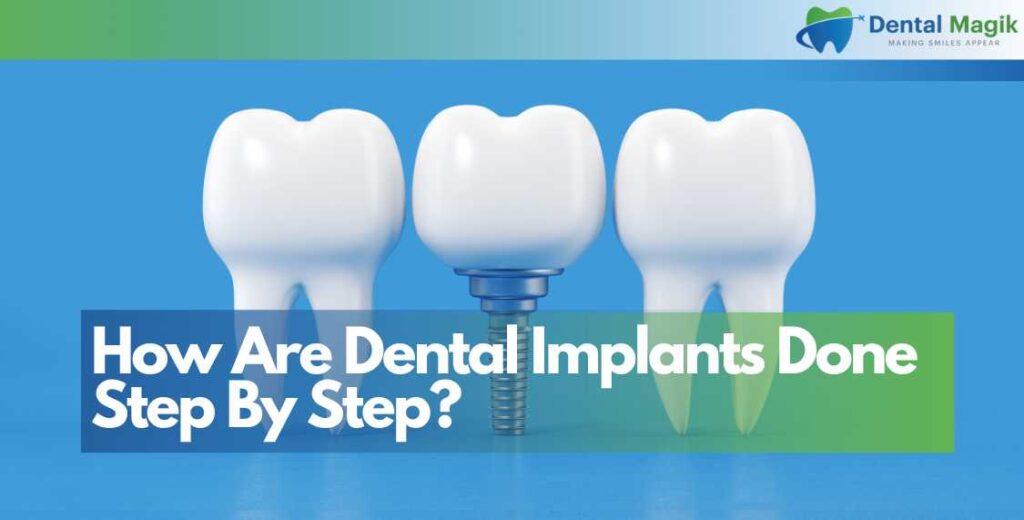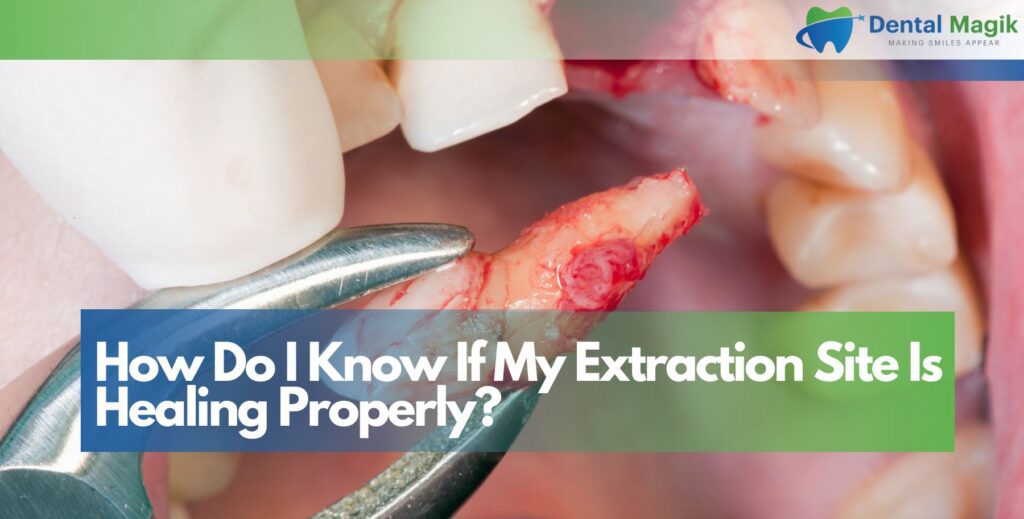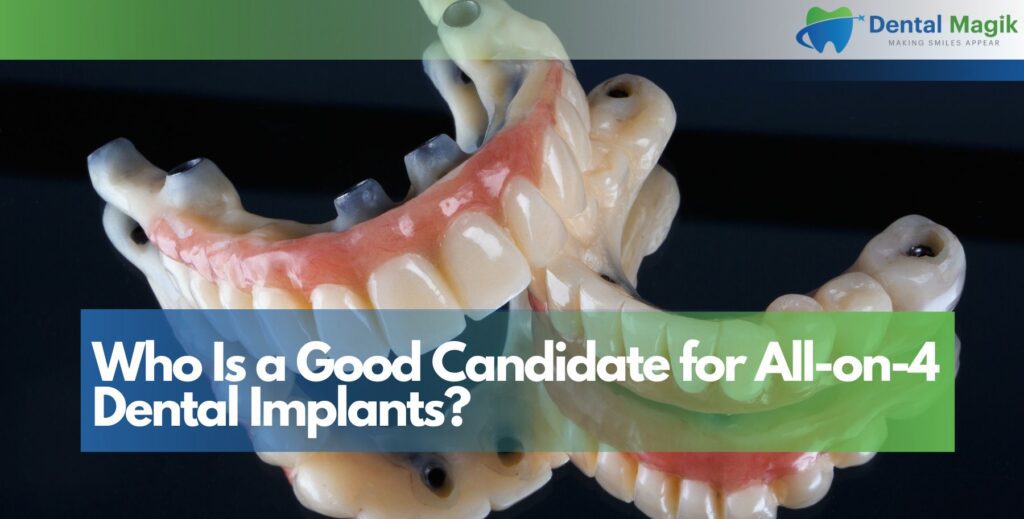Dental implants are a remarkable solution for replacing missing teeth, offering a permanent and natural-looking alternative to dentures and bridges. This comprehensive guide provides a detailed, step-by-step explanation of the dental implant procedure, answers common questions, and addresses challenges to help you make an informed decision about this transformative dental treatment.
Table of Contents
- Introduction to Dental Implants
- Benefits of Dental Implants
- Preparing for the Procedure
- Step-by-Step Dental Implant Process
- Step 1: Initial Consultation and Assessment
- Step 2: Treatment Planning
- Step 3: Tooth Extraction (If Necessary)
- Step 4: Implant Placement Surgery
- Step 5: Osseointegration (Healing Phase)
- Step 6: Abutment Placement
- Step 7: Crown Placement
- Recovery and Aftercare
- Common Challenges and How to Address Them
- FAQs About Dental Implants
- Conclusion
1. Introduction to Dental Implants
Dental implants are small titanium posts surgically placed into the jawbone to serve as artificial tooth roots. They provide a strong foundation for replacement teeth, such as crowns, bridges, or dentures, that look and function like natural teeth.
Unlike traditional dentures or bridges, dental implants are durable, long-lasting, and preserve jawbone health.
2. Benefits of Dental Implants
- Natural Appearance: Implants look and feel like your own teeth.
- Durability: With proper care, implants can last a lifetime.
- Improved Oral Health: They prevent bone loss and maintain facial structure.
- Enhanced Comfort: Unlike removable dentures, implants are secure and stable.
- Convenience: No adhesives or special cleaning routines are needed.
3. Preparing for the Procedure
Before undergoing dental implant surgery, you’ll go through a preparation phase to ensure optimal results. This includes:
- Medical and Dental History Review: Discussing any health conditions and medications.
- Comprehensive Oral Examination: X-rays and 3D imaging to assess bone structure and plan the implant placement.
- Bone Grafting (If Needed): If your jawbone lacks sufficient density, a bone graft may be required.
4. Step-by-Step Dental Implant Process
Step 1: Initial Consultation and Assessment
Your journey begins with a consultation with a qualified dentist. During this visit:
- A detailed examination of your oral health is performed.
- X-rays and CT scans help evaluate bone structure and identify the best implant sites.
- Your dentist discusses your goals and expectations.
Step 2: Treatment Planning
A customized treatment plan is created based on your specific needs. This includes:
- Deciding on the type of implant (single tooth, multiple teeth, or full arch).
- Addressing any underlying issues, such as gum disease or tooth decay.
Step 3: Tooth Extraction (If Necessary)
If a damaged or decayed tooth is present, it will be extracted.
- Simple extractions heal faster and may not require additional steps.
- For complex extractions, healing time is built into the treatment plan.
Step 4: Implant Placement Surgery
This is the primary surgical step where the dental implant is placed into the jawbone.
- Procedure:
- The area is numbed with local anesthesia.
- A small incision is made in the gum to expose the jawbone.
- A hole is drilled into the bone, and the titanium implant is placed securely.
- Duration: The process typically takes 1–2 hours per implant.
Step 5: Osseointegration (Healing Phase)
During this phase, the implant integrates with the jawbone, creating a stable foundation.
- Timeframe: Healing usually takes 3–6 months.
- Regular follow-ups ensure proper progress.
Step 6: Abutment Placement
Once healing is complete, a small connector called an abutment is attached to the implant.
- Procedure:
- The gum tissue is reopened.
- The abutment is screwed onto the implant.
- Healing: Gums typically heal within two weeks.
Step 7: Crown Placement
The final step involves placing the artificial tooth (crown) onto the abutment.
- Customization: Crowns are designed to match the shape, size, and color of your natural teeth.
- Fitting: Your dentist ensures a perfect fit and bite alignment.
5. Recovery and Aftercare
- Initial Healing: Swelling, discomfort, and minor bleeding are normal for the first few days.
- Oral Hygiene: Maintain a routine of brushing, flossing, and using antibacterial mouthwash.
- Diet: Stick to soft foods and avoid chewing near the implant site initially.
- Follow-Ups: Regular dental visits are essential for monitoring progress and ensuring long-term success.
6. Common Challenges and How to Address Them
- Insufficient Bone Density: Bone grafting can resolve this issue.
- Infection: Following post-operative care instructions minimizes risks.
- Implant Failure: Rare but manageable with professional intervention.
- Gum Recession: Proper oral hygiene and regular check-ups can prevent this.
7. FAQs About Dental Implants
Q: Are dental implants painful?
A: The procedure is typically performed under local anesthesia, minimizing discomfort. Post-surgical pain can be managed with over-the-counter medications.
Q: How long do dental implants last?
A: With proper care, dental implants can last 20+ years or even a lifetime.
Q: Who is a good candidate for dental implants?
A: Anyone with healthy gums and sufficient bone density can consider implants.
Q: How much do dental implants cost?
A: Costs vary based on location, the number of implants, and any additional procedures needed.
Q: What happens if my implant fails?
A: Implant failure is rare and often related to poor healing or infection. Your dentist can evaluate and recommend solutions.
8. Conclusion
Dental implants are a transformative solution for individuals seeking to restore their smile and oral function. While the process may seem complex, advancements in dental technology have made it safe, predictable, and highly effective.
If you’re considering dental implants, consult Dental Magik, your trusted dentist in East Brunswick, NJ, to begin your journey toward a healthier, more confident smile.







